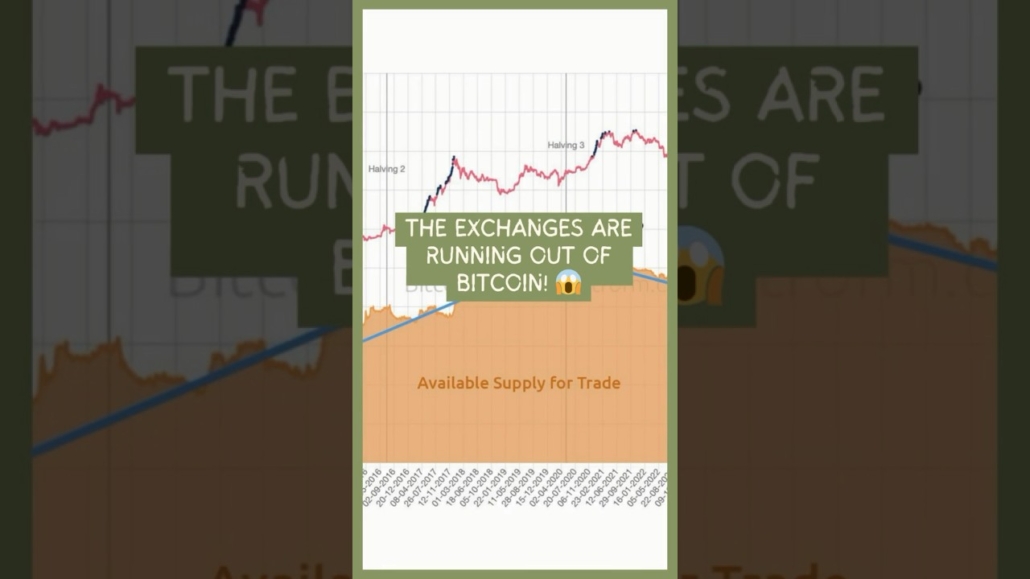The Essence of Money: A Journey Through Time
The story of money is as ancient as civilization itself. Initially, the barter system was the norm, directly exchanging goods for other goods. However, the system had a critical flaw: it depended on the “coincidence of wants.” What if you had apples and wanted to purchase bread, but the person with the bread you wanted didn’t want apples? Enter money—an intermediary of exchange so that the transaction of goods needed to only go one way. Money needs to be something of universal acceptance to all of us.
Did you know that the word “salary” is derived from the Latin word “salarium,” which was the money paid to Roman soldiers for the purchase of salt? In ancient times, commodities like salt were not just a seasoning, they were used as money due to their intrinsic value. Salt was vital for preserving food long before we had refrigerators, everyone needed it and everyone wanted it, therefore an ideal form of money.
Money over the centuries has been tried and tested in many forms. As societies evolved, so did money—from commodities to coins, then to paper, and now to digital forms. Over this time certain criteria have been agreed upon to test its effectiveness. It needs to be:
- Durable: Money must withstand wear and tear, retaining its value over time.
- Divisible: It should be easily divisible into smaller units without losing value.
- Fungible: One unit must be as good as another, ensuring interchangeability.
- Portable: Money should be easily transportable, facilitating trade.
- Verifiable: Its authenticity should be easily identifiable to prevent fraud.
- Scare: Money must be available in limited supply to maintain its value.
Bitcoin and the Evolution of Money
Fast forward to today, and we have Bitcoin, a digital currency that’s revolutionizing our understanding of money. It’s not just a digital phenomenon; it’s a fundamental rethinking of what money can be, tethered in electricity, a commodity as vital to our modern lives as salt was to our ancestors.
Bitcoin’s Durability is conceptual, lying in its digital existence. Unlike physical currencies, Bitcoin cannot be worn down, degraded, or destroyed in the traditional sense. Its robustness comes from its decentralized blockchain ledger, maintained across thousands of nodes worldwide. Each node has a copy of the entire transaction history, and the system is designed to withstand any attempt at fraud or destruction, even if individual pieces of the network are compromised. You would have to simultaneously destroy every electricity grid, computer and every internet network to remove Bitcoin from existence, which have far bigger implications.
In terms of Divisibility, Bitcoin breaks down barriers. Consider the US Dollar, which divides into 100 cents (2 decimal places). Now, take Bitcoin, which divides down to 100 million satoshis which is the smallest unit of Bitcoin (8 decimal places), making micro-transactions a reality and expanding the possibilities of financial interactions big or small.
Portability with Bitcoin is unparalleled. You can send it anywhere globally, almost instantly, and remember that you decide what fee you want to pay. Bitcoin is not constrained by borders or banking hours, it’s neutral money for the internet age, because all you need to transact peer-to-peer is an internet connection.
For Verifiability, Bitcoin is in a league of its own. Every transaction is recorded as a public ledger file that every node has a copy of (the blockchain), visible to all but alterable by none, ensuring unparalleled transparency and security. And as we have learnt, if you would like to update this global ledger and earn the block of fees and subsidy BTC you need hashpower.
As for Fungibility, every Bitcoin is equal 1BTC = 1BTC, but it’s also unique because of its history on the blockchain. The value of Bitcoin in circulation represents an amalgamation of the energy and transactions it facilitates, it’s a multibillion dollar asset which is traded on order books both within the traditional finance world and in new emerging markets. Furthermore, in places like El Slavador it has become legal tender.
Scarcity is where Bitcoin mirrors the precious commodities of old. There will only ever be 21 million Bitcoin, making it the hardest and deflationary asset unlike any other in modern history. It’s the only ‘thing’ that humans cannot make any more of.
Visualization Recap:
Imagine money that appreciates in value, that can be sent across the globe in seconds, that’s transparent with absolute scarcity and defended both physically


Social Media